Gardens
Gardening and landscape design ideas to help you make the most of your outdoor living space.

How to store dahlias in winter
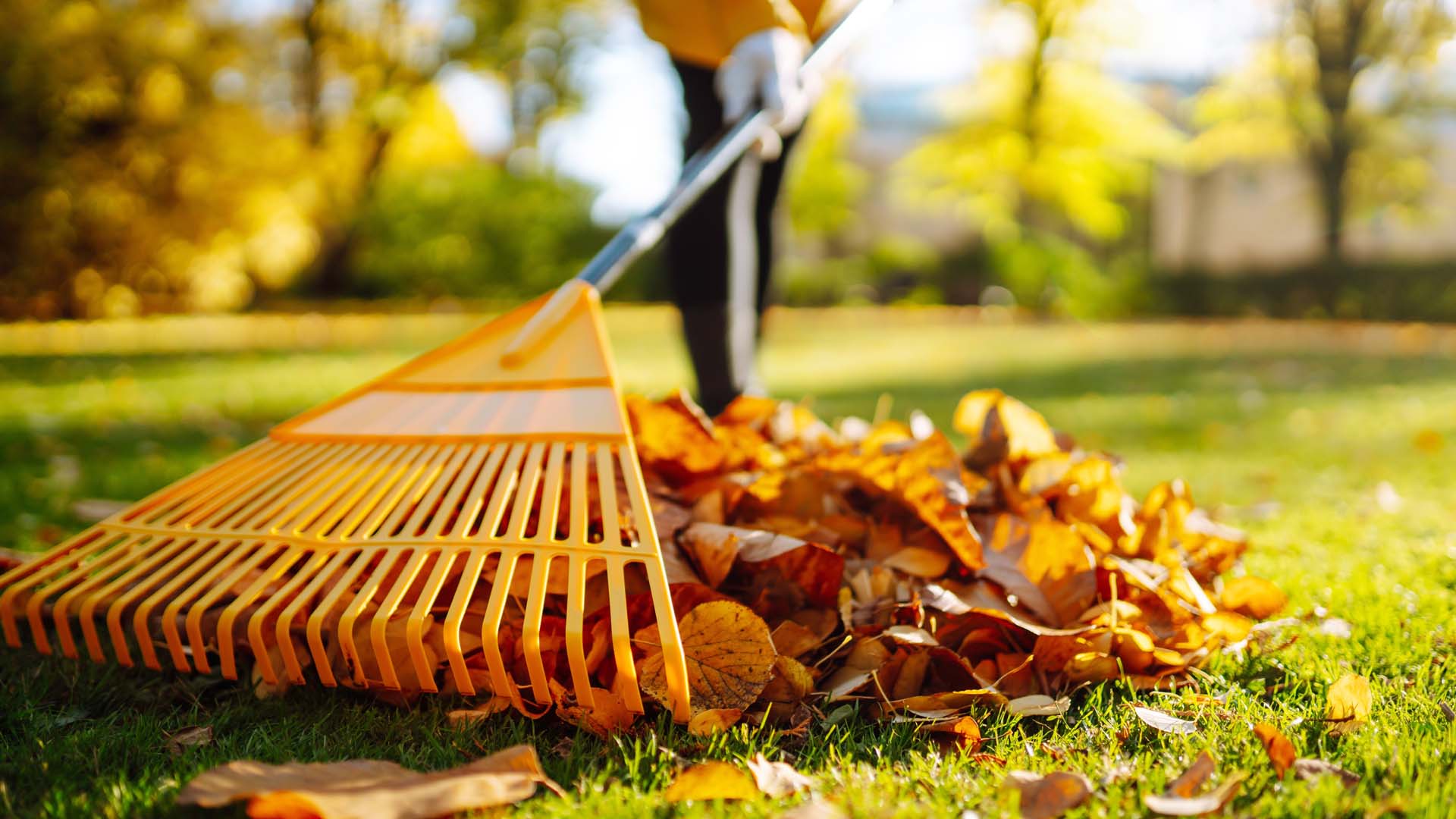
Our top 5 autumn lawn care tips
Autumn lawn care tips: how to scarify, aerate and over-seed your grass.
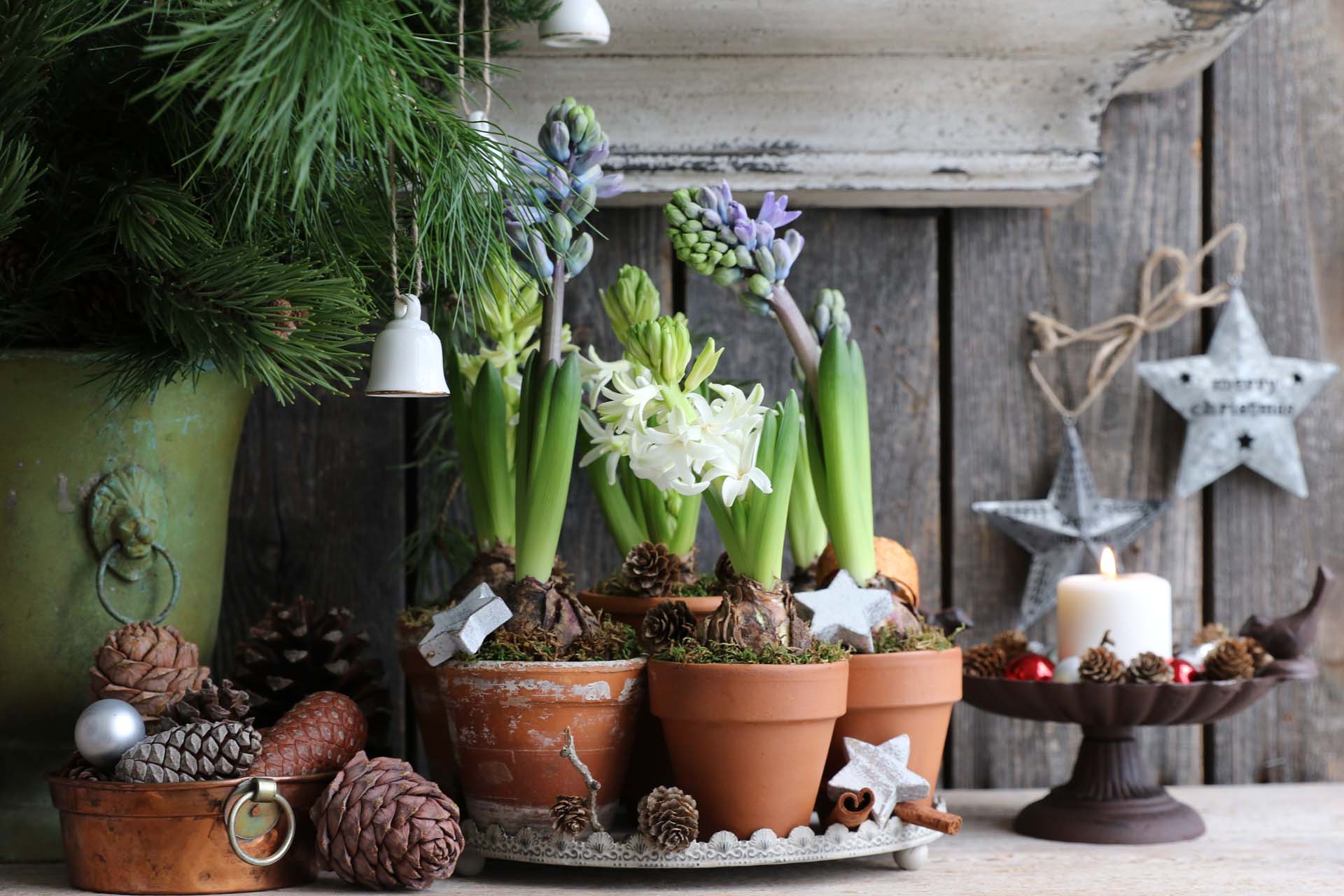
Christmas in bloom: Forcing indoor bulbs for the festive season
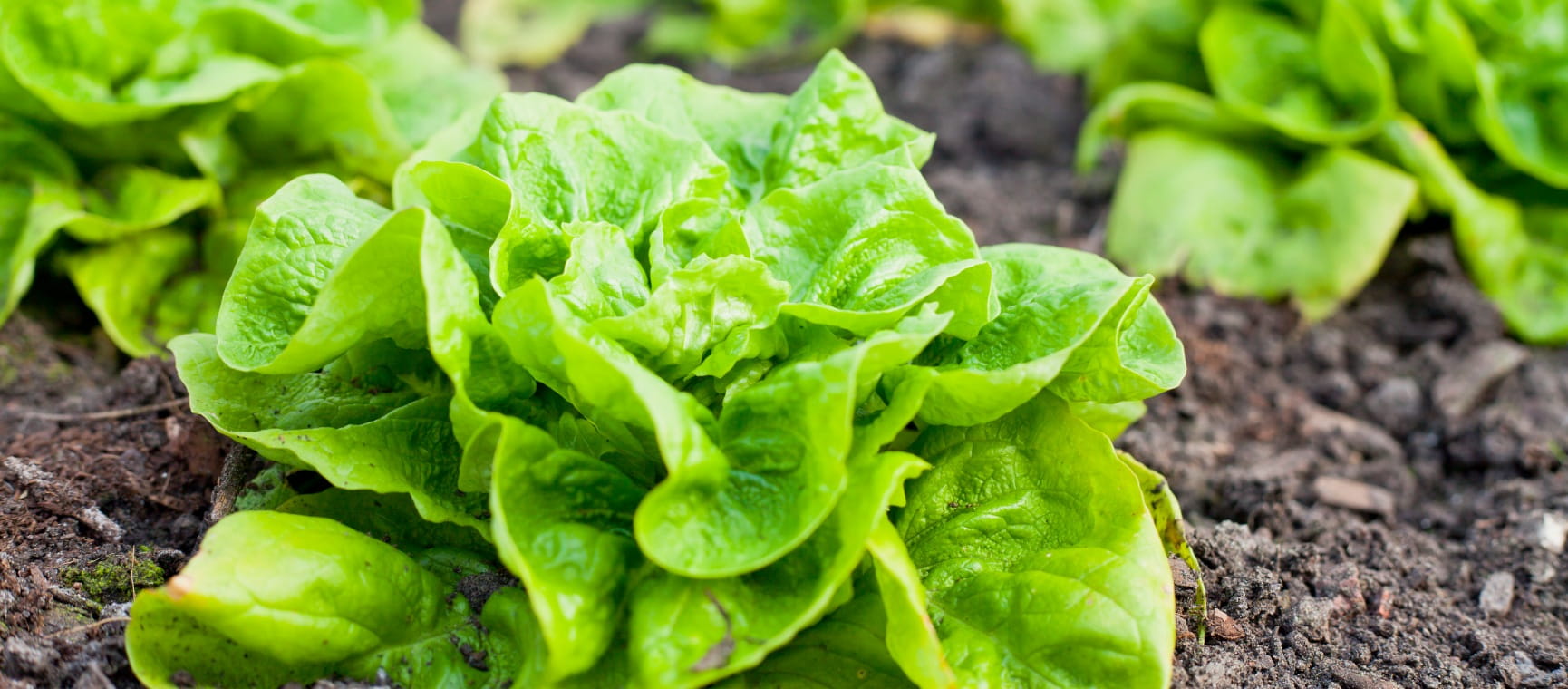
How to grow winter salad - and the best seeds to plant
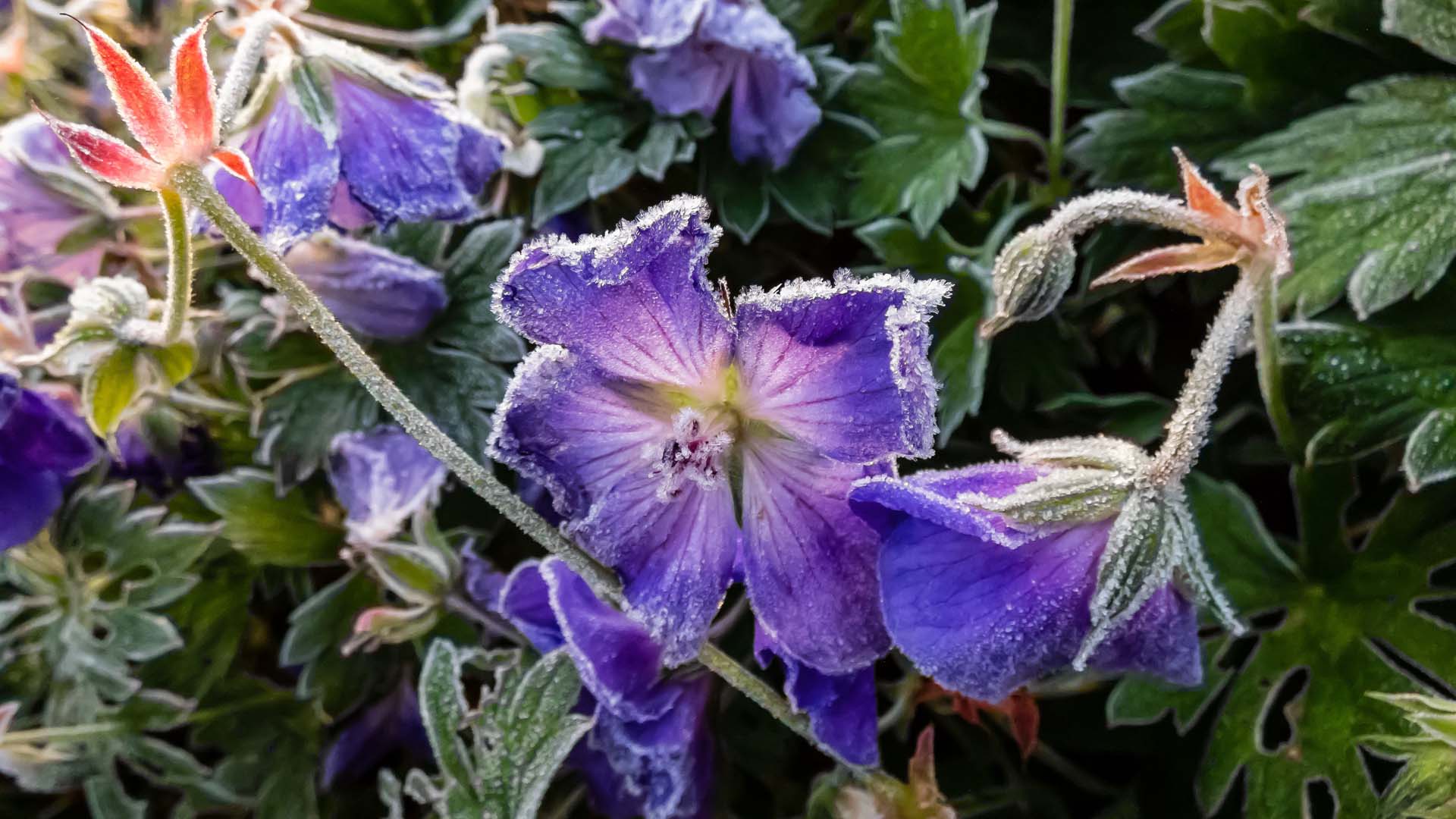
How to overwinter geraniums – with tips from Monty Don
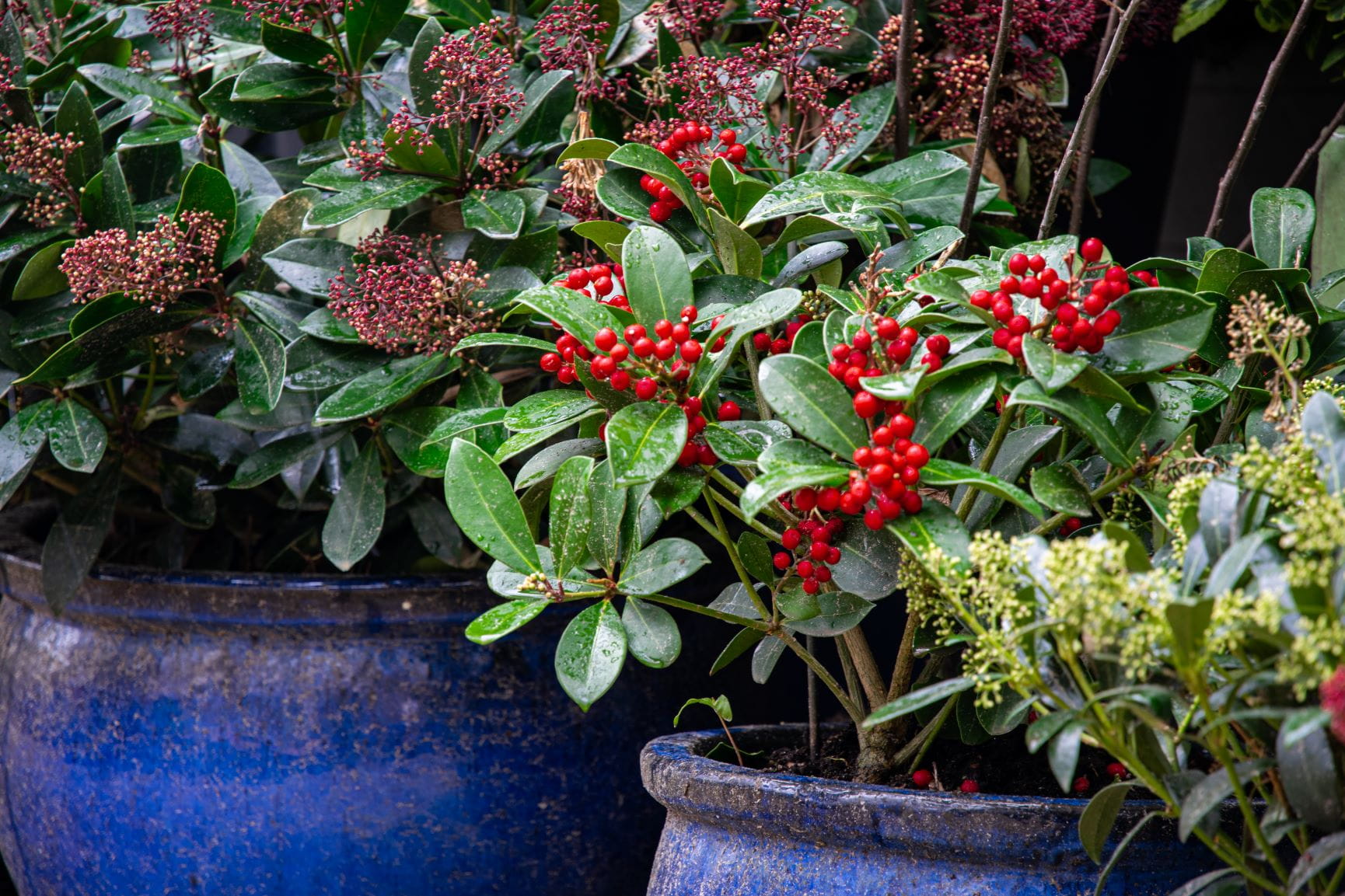
The best plants for winter containers

Jobs to do in the garden in November
As fireworks light up the sky, enjoy an explosion of colour on the ground too, with November delivering a sparkling finale to the season.

The best winter-flowering perennials for colour and scent

Colourful winter bedding plant ideas

The quick window safety tip to help save British birds
Every year millions of birds die as a result of flying into glazing. A simple act can change that.
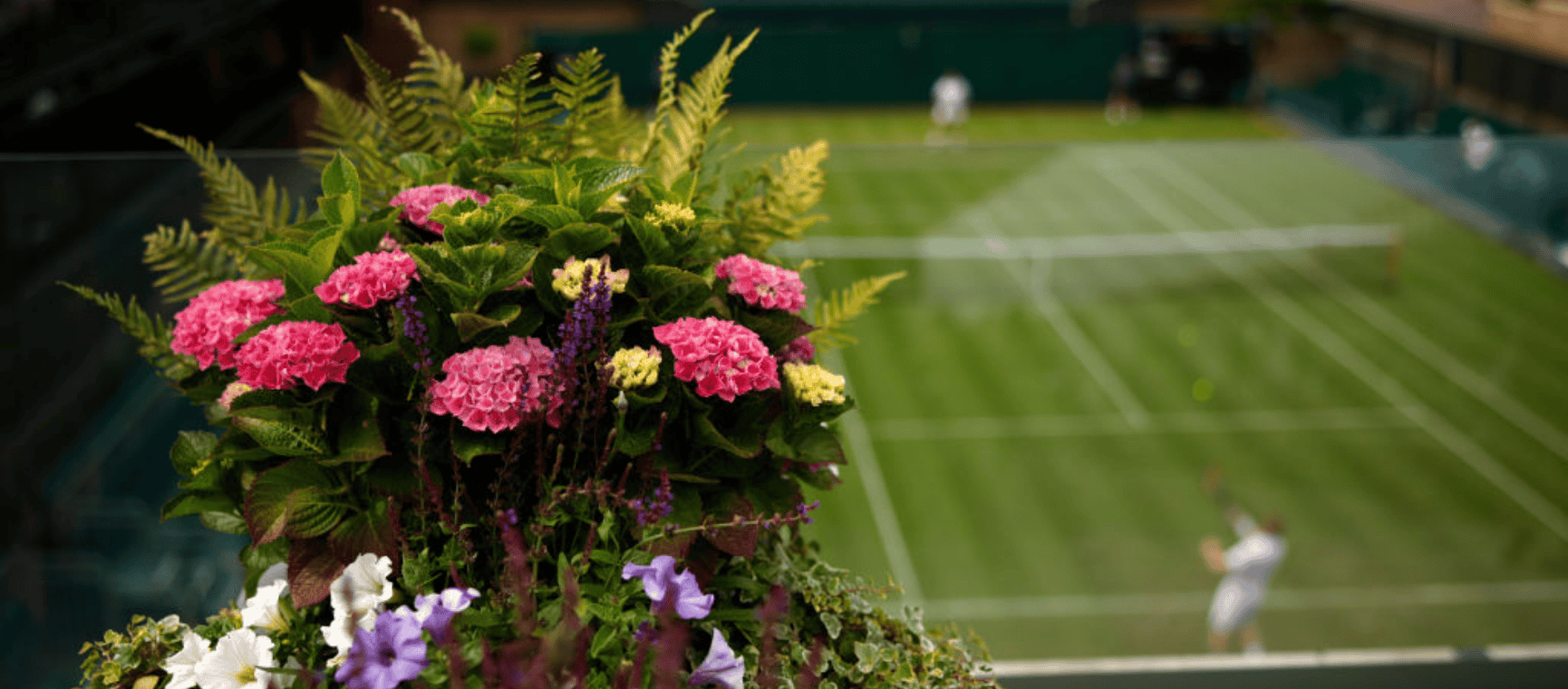
Wimbledon's head gardener shares his planting tips
If you love the beautiful planting on display at Wimbledon, check out these winning tips from head gardener Martyn Falconer
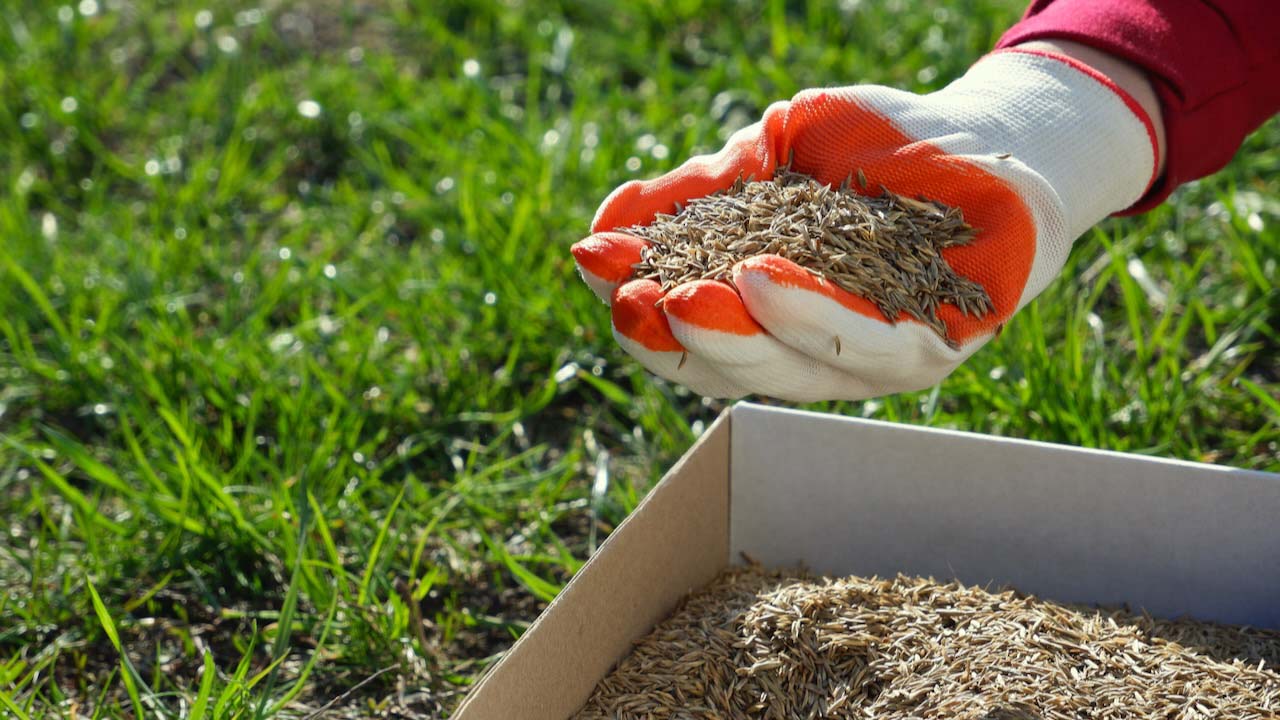
Why spring may be the best time to repair your lawn
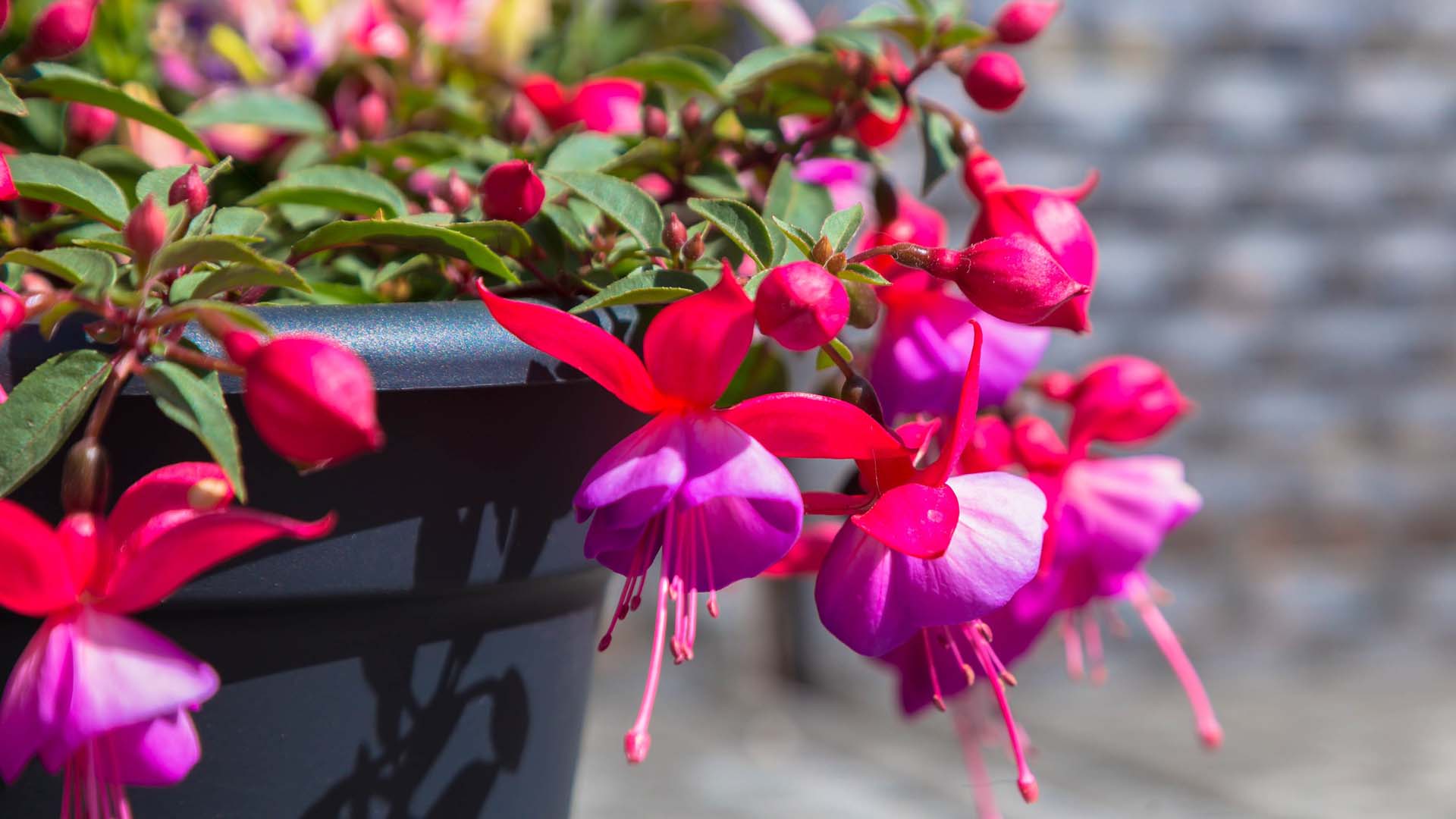
When to take fuchsia cuttings
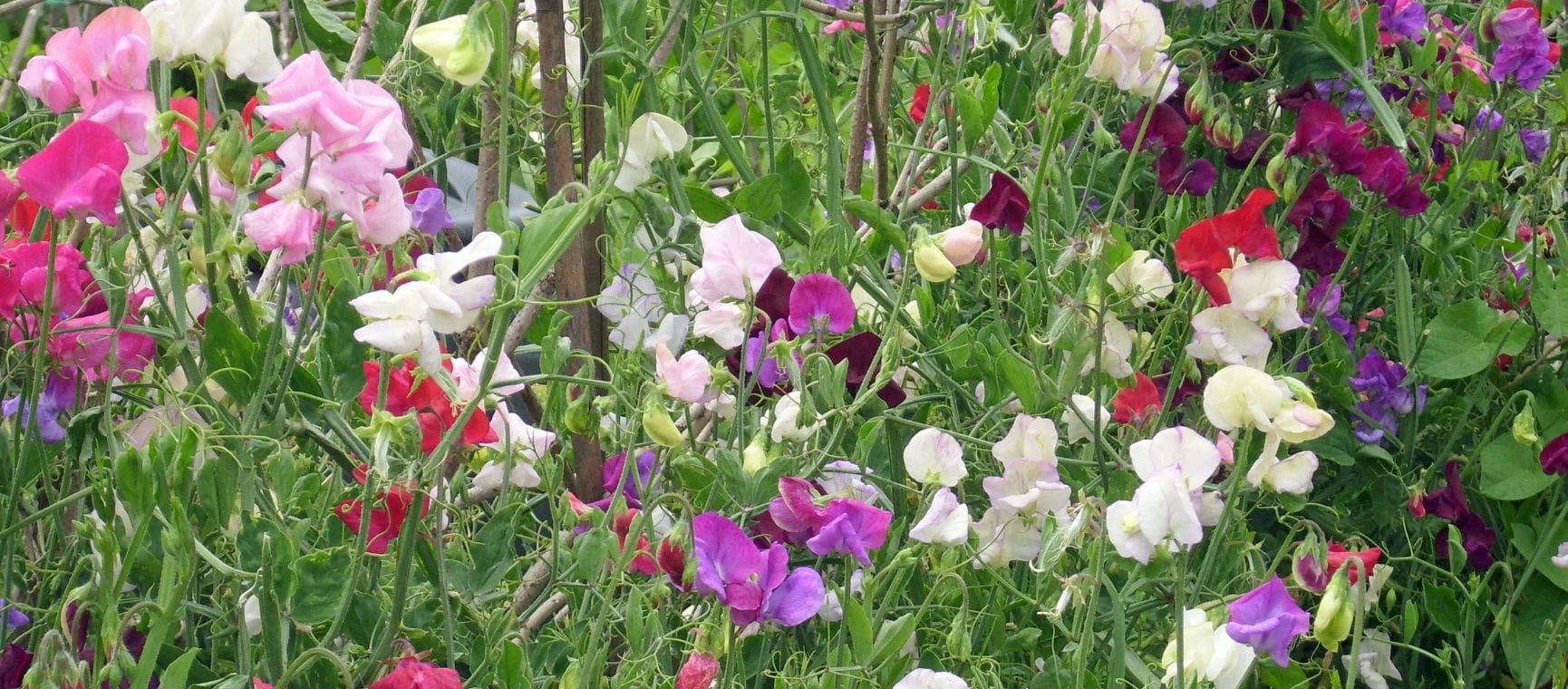
When should I plant sweet pea seeds?

Subscribe now to get our Christmas issue and start preparing for the festive season. Enjoy seasonal recipes from Rick Stein, Christmas interiors and decoration guides, gift ideas and more.
Treat yourself to 12 issues for just £29.95 plus, enjoy two free gifts: a classic Parker Jotter Pen in a festive cracker and a bumper puzzle book.
Play our free daily puzzles
Beat the boredom and exercise your mind with our selection of free puzzles.



